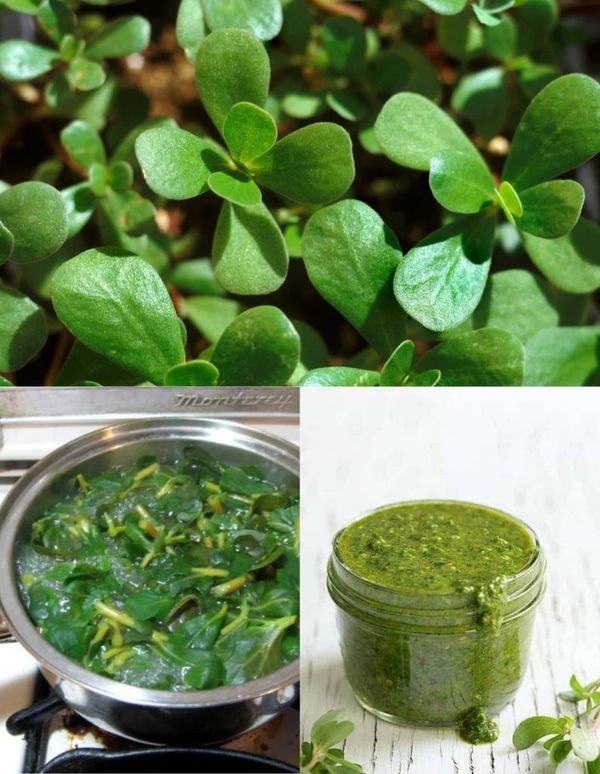Purslane, often dismissed as a weed, is a truly delightful and nutritious plant that is worth exploring. This succulent groundcover can be found in gardens, sidewalk cracks, and farmers’ markets during the warmer months. Rich in omega-3 fatty acids and antioxidants, purslane has a slightly sour and salty taste that adds a unique flavor to many dishes. Let’s dive into how to identify, harvest, and prepare purslane for a delightful culinary experience.

Discovering Purslane
Purslane (Portulaca oleracea) is a versatile plant that thrives in various regions. You can easily identify it by its fleshy, oval-shaped leaves and sprawling, reddish stem. It tends to grow in a mat-like pattern in full sun, even in poor, sandy soil. During summer, look out for its small yellow flowers. When foraging for purslane, it’s best to pick plants from organic gardens or wild spaces away from roadsides to avoid pollutants.
Picking the Perfect Purslane
Harvesting purslane is a simple task once you’ve found it. The best time to do so is in the early morning when the leaves are plump and full of flavor. Gently pull the stems, making sure they snap off cleanly from the root. For the best taste and texture, choose younger, tender stems and leaves. Remember to pick from clean areas, as purslane can absorb heavy metals from the soil.
Prepping for Deliciousness
After picking, give the purslane a thorough wash to remove any dirt or grit. Since it has a high water content, pat it dry to remove excess moisture. Now, you have various options for enjoying purslane. You can eat it raw, sautéed, or cooked in many different dishes. If you prefer it raw, chop it into salads or use it as a peppery garnish. Its crunchy texture and refreshing taste make it a great addition to sandwiches and wraps.
Unleash the Culinary Possibilities
Purslane truly shines when it comes to cooking. You can lightly sauté it with olive oil and garlic for a simple yet delicious side dish. It also works wonders as a thickening agent in soups and stews, thanks to its mucilaginous quality. Combine purslane with other summer vegetables like tomatoes and cucumbers in a stir-fry or vegetable medley for a burst of flavors.
One of the simplest ways to enjoy purslane is to toss it into a hot pan with a splash of oil, a bit of minced garlic, salt, and pepper, and cook until just wilted. It makes a fantastic bed for grilled fish or poultry. For a creative twist, blanch the leaves and blend them into pesto, or mix them into dough for a nutritional boost in homemade
Here’s a recipe idea to get you started with purslane:
Purslane Salad:
-
2 cups of fresh purslane leaves and tender stems
-
1 tomato, diced
-
1 cucumber, sliced
-
1/4 red onion, thinly sliced
-
2 tablespoons olive oil
-
Juice of one lemon
-
Salt and pepper to taste
-
Feta cheese (optional)
Combine the purslane, tomato, cucumber, and onion in a bowl. Drizzle with olive oil and lemon juice, then toss to coat evenly. Season with salt and pepper, and top with crumbled feta cheese if desired.
With its impressive nutritional profile and refreshing taste, purslane is a wild edible that is definitely worth trying. Whether you enjoy it raw in a salad or incorporate it into a comforting stew, the versatility of purslane in the kitchen is sure to surprise and delight your taste buds. So, happy foraging and cooking, and embrace the wonderful world of purslane!




